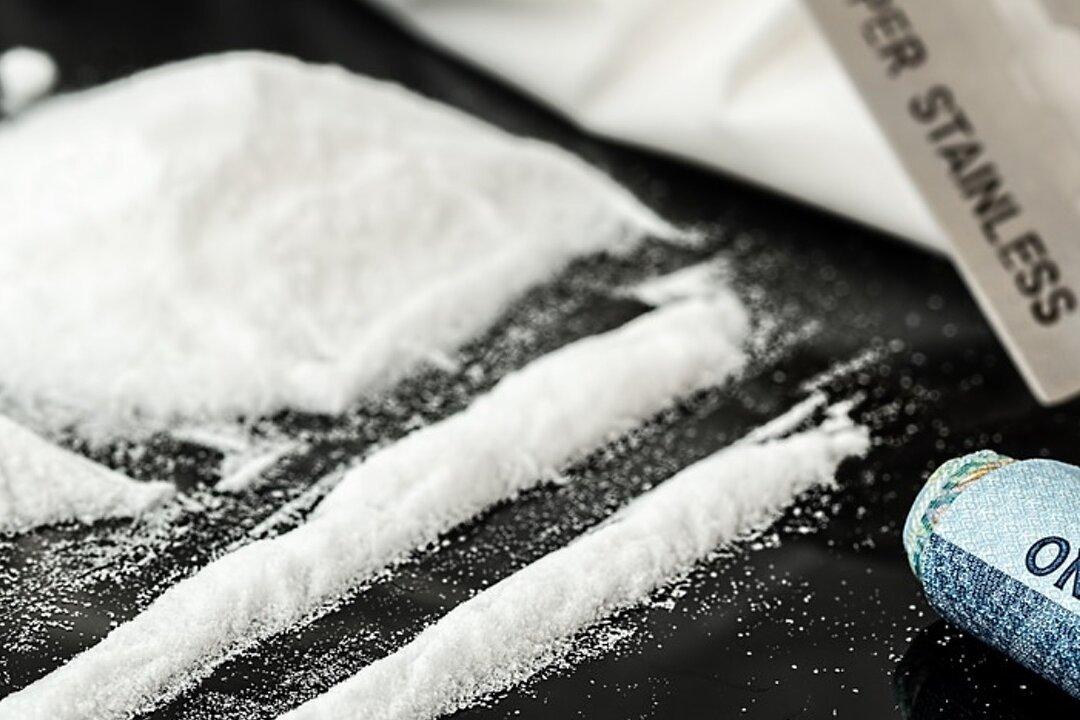More than five Australians died from drugs overdoses every day in 2019, says a new report by the National Drug & Alcohol Research Centre (NDARC).
According to the annual report released on Thursday, over 1,860 Australians lost their lives to drugs in 2019, with the majority of the deaths deemed unintentional.




